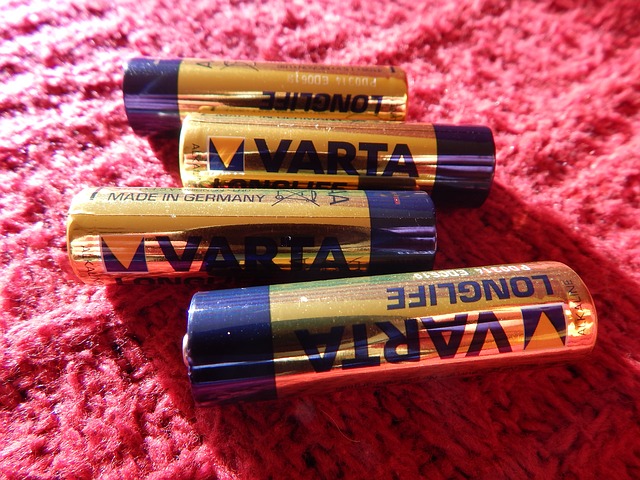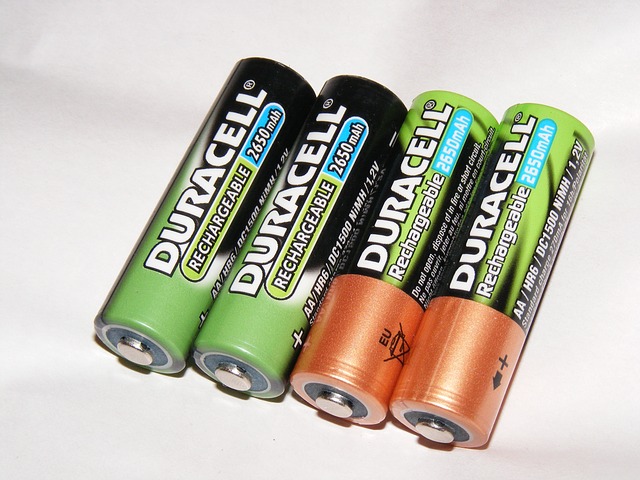Lithium Air Battery-Operation, Comparison and Breakthrough
Oct 31, 2019 Pageview:1841
How do lithium air batteries work?
A Li-Air cell generates a voltage due to the availability of oxygen molecules (O2) in the positive electrode. O2 reacts with positively charged lithium ions to form lithium peroxide (Li2O2) and generates electricity. The electrons are removed from the electrode and this battery is empty (discharged), if it is not possible to form more Li2O2
However, Li2O2 is a very bad electron conductor. If the Li2O2 deposits grow on the surface of the electrode that provides the electrons for the reaction, it is damped and eventually eliminates the reaction and thus the battery charge. This problem can be overcome if the reaction product (lithium peroxide in this case) is stored near the electrode but does not cover it.
Researchers at Cambridge have found a recipe that does just that: use a standard electrolytic mixture and add lithium iodide (LI) as an additive. The team's experiment also includes a spongy and spongy electrode consisting of many thin layers of graphene filled with large pores.
The last but not least, important ingredient is very small amount of water (H20). With the help of this combination of chemicals, the battery discharge reaction will not produce Li2O2, which could be result in increasing the conductive surface of the electrode (see figure below, left side). Instead, it contains hydrogen that has been removed from water (H2O) to form lithium hydroxide crystals (LiOH).
These crystals fill the porous dimensions of the spongy carbon electrode, but especially do not cover and block the vital surface of the carbon that generates the supply voltage (right side). Therefore, the presence of lithium iodide as a "facilitator" (although its exact function is not yet clear) and water as a co-reactant in the process increases the capacity of the Li-air battery.
What is the difference in lithium air and lithium ion battery?
Li-air technology has become a highly sought after area due to the technical limitations of the mature lithium-ion battery. To achieve high energy density applications, such as electric vehicles that can exceed 300 miles on a single charge, efforts have been made on advanced technologies, such as Li-air. Abraham, who published the first article on non-aqueous Li-air batteries in 1996 in a JES article entitled "A rechargeable lithium / oxygen battery based on electrolytes," has seen this extraordinary transformation in the last 10 years. A lithium-air battery combines the oxygen from the lithium air present in the anode. The mixture produces lithium peroxide in the discharge phase and a breakdown of the lithium and oxygen components in the charging phase. It is believed that lithium-air batteries contain up to five times more energy than the same lithium-ion batteries that power today's phones, laptops and electric vehicles. However, the first ideas of "lithium-air" often failed. When lithium ions are combined with carbon dioxide and water vapor in the air, the result has often been by-products that encompass the cathode.
To prevent accumulation and allow the battery to function in a natural environment, UIC and Argonne researchers coated the lithium anode with a thin layer of lithium carbonate. The coating allows lithium ions into the anode to penetrate the electrolyte, while preventing unwanted compounds from reaching the anode.
In experimental lithium-air battery projects, oxygen enters the electrolyte through a spongy carbon-based snow structure.
Salehi-Khojin and his colleagues coated the lattice structure with a molybdenum disulfide catalyst. The unique hybrid electrolyte, consisting of ionic liquid and dimethyl sulfoxide, a common constituent of battery electrolytes, facilitated lithium-oxygen reactions, reduced lithium reactions with other air elements, and raised battery efficiency.
What is the charging rate?
The charging speed at this time would be similar to a lithium-ion battery. It could be increased with more research.
How does your new design out power Li-ion batteries?
By using chemical bonds between Li and oxygen, the batteries can store much more energy, because the bonds are denser than the intercalation interactions between Li and the metal oxide layers used in Li-ion batteries.
What is the potential for flammability or explosion (if punctured, overheated, overcharged, etc.)?
A part of our published Li-Air battery is the lithium anode. It is known that an explosion can occur. Many scientists are working on the safety issue of the lithium anode and are likely to make a great deal of effort to make it safer. It should be noted, however, that we protect the surface of the Li anode with an electrical insulator but with ionically conductive material to avoid an explosion due to the short circuit of the battery between the anode and the cathode. This also prevents overheating of the battery.
What is the failure modes expected to be?
This will be investigated during scale up.
Lithium air battery technology breakthrough
According to K.M. Abraham, co-author of the paper, allows the catalysis of the oxygen reduction reaction by manganese, while cobalt catalyzes the battery charge reaction.
"This provides the opportunity for future research to develop similar materials to optimize the catalysis of the Li-Air battery with a material that combines the functions of these mixed metal oxides," says Abraham.
Because the transition metal oxides also emerging as cathodes for lithium ion batteries, Abraham believes that this new development could open up opportunities for future applications where the two rechargeable batteries could be used in sustainably way.
"Because these catalytic materials are also being developed for lithium-ion battery cathodes, this could be a way to use lithium-ion battery electrodes for another purpose: to use them as a catalyst in lithium-ion batteries", says Abraham. "The Li-Air is currently under intense research, but there are still obstacles we need to overcome before they can be put into practice," says Abraham. "I think there will be limited use for special applications in the near future, but it will take some time before the technology is fully utilized." However, fundamental developments contribute to the advancement of technology and bring it to the ultimate goal of a widespread application. "The lithium ion is mature and now we need a battery with a much higher energy density," says Abraham. "This is another step towards the potential of Li-Air."
- Prev Article: LIPO Battery Safety Tips-Hazard, Storage & Charging
- Next Article: Lithium Ion Battery Price Forecast
Leave Message
Hottest Categories
-
Hottest Industry News
-
Latest Industry News











